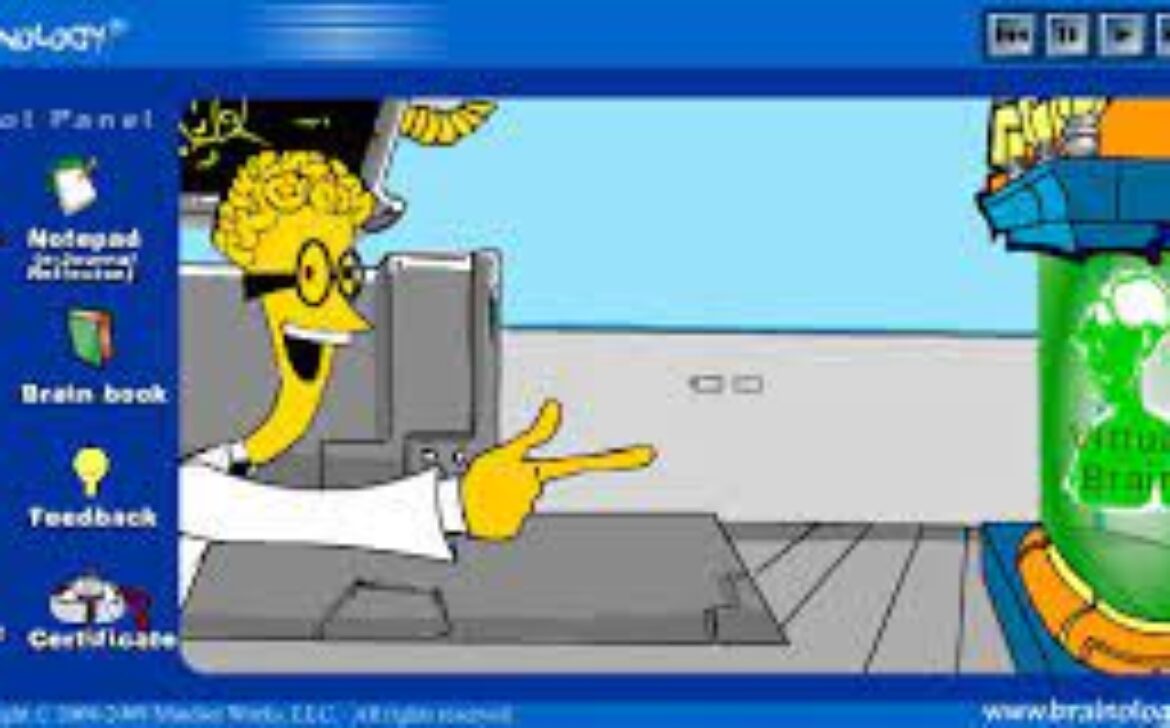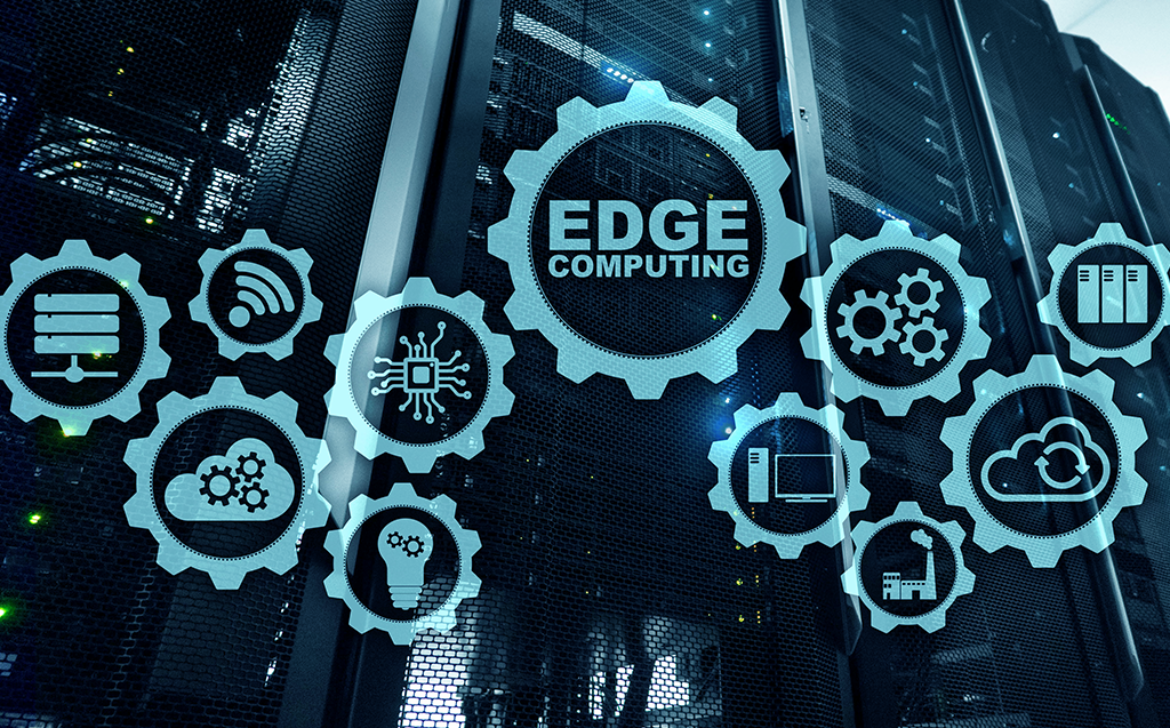Mastering Smartness: Unleashing the Power of Machine Learning
Introduction:
In the realm of modern technology, the marriage of human intelligence and machine capabilities has given birth to a new era of smartness. Machine Learning (ML), a subset of Artificial Intelligence (AI), is at the forefront of this transformation. It empowers individuals to make smarter decisions, optimize processes, and unlock insights from massive data sets. In this blog post, we will delve into the art of being smart through Machine Learning and how it’s revolutionizing the way we approach challenges and opportunities.
1. Demystifying Machine Learning: The Path to Smartness
Machine Learning is the science of teaching computers to learn from data and improve over time without explicit programming. By understanding its principles, you can harness its potential to amplify your own decision-making processes and outcomes.
2. Data-Driven Insights: Elevating Decision-Making
Machine Learning thrives on data. By analyzing vast amounts of information, ML algorithms can identify patterns, trends, and correlations that might not be apparent to human eyes. This data-driven approach equips you with insightful information for making informed choices.
3. Personalized Experiences: Tailoring Smartness to You
One of the hallmarks of ML is its ability to personalize experiences. From product recommendations to content suggestions, ML algorithms adapt to your preferences, ensuring that your interactions are both efficient and relevant.
4. Predictive Analytics: Anticipating Future Trends
Machine Learning excels in predicting future outcomes based on historical data. By utilizing predictive analytics, you can anticipate trends, forecast demands, and strategize accordingly, gaining a competitive edge in various fields.
5. Optimizing Processes: Working Smarter, Not Harder
ML is adept at optimizing processes by automating repetitive tasks and identifying bottlenecks. This frees up time and resources, allowing you to focus on higher-level tasks that require creativity and critical thinking.
6. Health and Wellness Insights: Empowering Well-Being
Machine Learning is also making its mark in healthcare. From personalized treatment plans to early disease detection, ML algorithms analyze medical data to provide insights that contribute to better health and well-being.
7. Smart Assistance: From Chatbots to Virtual Advisors
Chatbots and virtual assistants powered by ML are becoming integral parts of our lives. They provide instant solutions, answer queries, and assist in tasks, enabling you to achieve more in less time.
8. Fraud Detection and Security: Safeguarding Smartness
Machine Learning is enhancing security measures by identifying unusual patterns and behaviors. From credit card fraud detection to cybersecurity, ML algorithms help protect your interests in the digital realm.
9. Continuous Learning: Evolving with Smartness
Machine Learning is a dynamic field that constantly evolves. By keeping up with its developments, you can adapt to new tools, techniques, and applications, ensuring that your smartness remains cutting-edge.
10. Ethical Considerations: Navigating Smartness Responsibly
As we embrace the benefits of Machine Learning, it’s essential to consider ethical implications. Ensuring fairness, transparency, and responsible use of ML technologies will shape the trajectory of smartness in a positive direction.
Conclusion:
Machine Learning has the potential to amplify your intelligence, making you smarter in your decisions, actions, and interactions. By understanding its capabilities and integrating them into your personal and professional life, you can navigate challenges with foresight, optimize processes, and tap into insights that were once hidden in data. Embracing the power of Machine Learning is not just about leveraging technology; it’s about cultivating a new level of smartness that empowers you to thrive in a data-driven, dynamic world.











